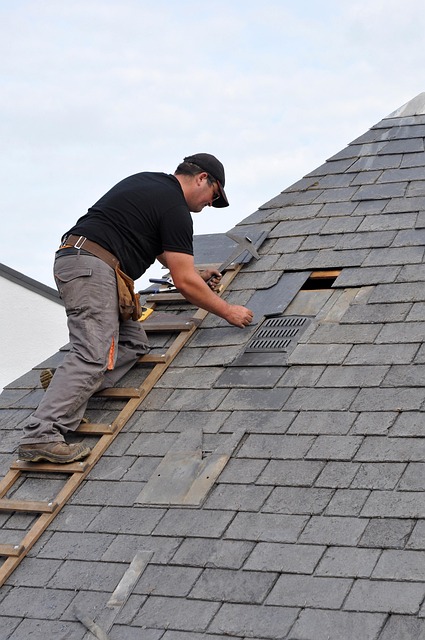Choosing roofing materials requires considering regional climate conditions such as temperature, precipitation, and wind. Roofers recommend specific options like insulated roofing for snow, ventilated materials for humidity, lightweight flexible materials for wind, and impact-resistant options for extreme weather. Sustainable choices include reflective roofs, recycled metal panels, green roofs, and energy-efficient insulation. Durable materials like metal, slate, or concrete tiles ensure longevity in harsh conditions. Roofer professionals enhance energy efficiency through strategic design and local regulations, promoting compliance while recommending best practices tailored to diverse climates.
When selecting roofing materials, considering your region’s unique climate and environment is paramount. This guide equips roofers with knowledge on navigating diverse conditions. From assessing local weather patterns to understanding environmental impact, we explore sustainable options tailored to specific environments. Learn about durable choices that resist extreme weather and energy-efficient solutions for optimal temperature regulation. Additionally, we delve into local regulations ensuring compliance with appropriate roofing standards.
- Assessing Local Climate Conditions for Rooftop Material Selection
- Environmental Impact: Sustainable Roofing Options for Different Environments
- Durability: Choosing Materials Resistant to Extreme Weather
- Energy Efficiency: Insulation and Reflective Surfaces for All Climates
- Local Regulations and Building Codes for Appropriate Roofing Solutions
Assessing Local Climate Conditions for Rooftop Material Selection
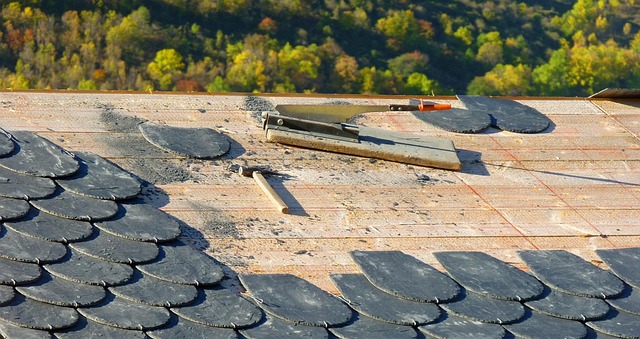
When choosing materials for your rooftop, understanding your region’s unique climate conditions is paramount. This involves assessing factors like temperature variations, precipitation levels, and wind patterns. For instance, in areas prone to heavy snowfall, a roofer might recommend insulated roofing to prevent heat loss and maintain energy efficiency. Conversely, regions with high humidity require materials that offer superior ventilation to mitigate moisture buildup, thus preventing costly damage over time.
Local environmental considerations should also shape your decision. If your area is susceptible to strong winds, lighter, more flexible materials may be a safer bet. Conversely, regions with frequent extreme weather events necessitate durable, impact-resistant options. By aligning roofing material selection with these climate and environmental factors, a roofer ensures the longevity and functionality of the roof while potentially enhancing energy performance for homeowners.
Environmental Impact: Sustainable Roofing Options for Different Environments
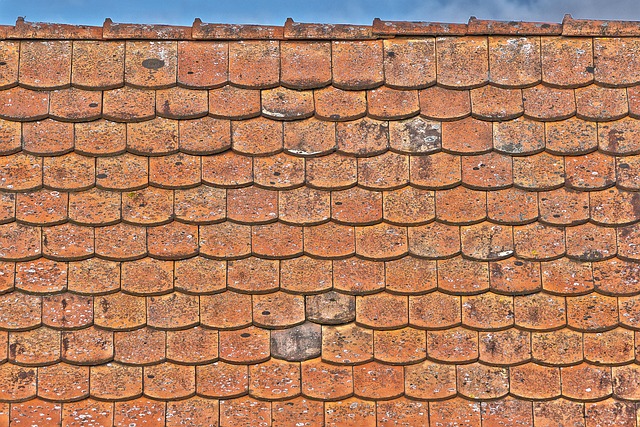
In choosing roofing materials, rooftops aren’t just about aesthetics—the environment plays a crucial role in sustainability. Different regions demand specific roofing solutions that balance durability and eco-friendliness. For instance, areas prone to heavy rainfall require waterproof membranes that can handle high moisture levels, reducing the risk of leaks and interior damage. In contrast, regions with extreme heat call for reflective or light-colored roofs that minimize heat absorption, thus lowering cooling costs.
Sustainable roofing options are abundant, from recycled metal panels to energy-efficient insulation. Eco-conscious roofer can also consider vegetal or synthetic green roofs, which not only reduce urban heat islands but also provide habitats for local wildlife. When selecting materials, prioritize those with a lower carbon footprint during production and installation, ensuring long-term environmental benefits without compromising the roof’s integrity.
Durability: Choosing Materials Resistant to Extreme Weather
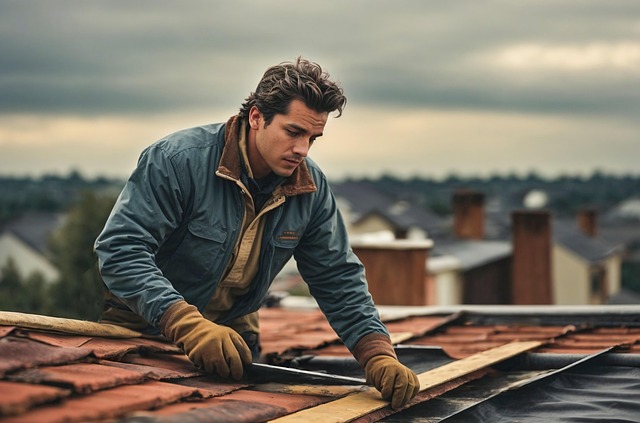
When selecting materials for your roofing project, especially in regions prone to extreme weather conditions, durability is a top priority. Rooftops are often exposed to harsh elements like heavy rainfall, strong winds, and scorching heat or freezing cold temperatures. Choosing resilient materials that can withstand these challenges is essential for ensuring the longevity of your roof.
Opting for high-quality, weatherproof roofing options such as metal, slate, or concrete tiles offers excellent durability. These materials are designed to resist corrosion, cracking, and fading caused by sunlight and extreme temperatures. A roofer will appreciate the ease of maintenance and long-term cost savings these robust materials provide, ensuring your roof remains in top condition for years to come.
Energy Efficiency: Insulation and Reflective Surfaces for All Climates
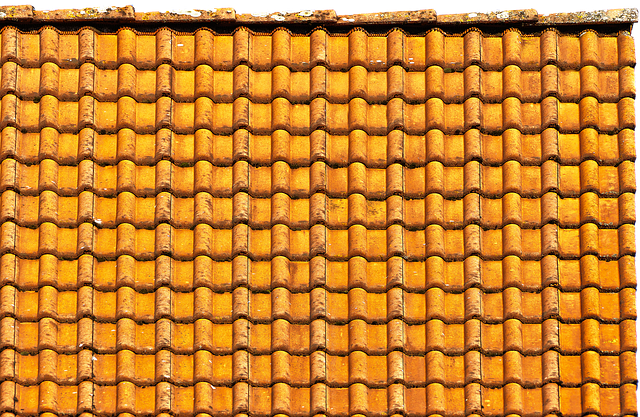
In any climate, energy efficiency plays a pivotal role in creating a comfortable and sustainable environment. Roofers can significantly contribute to this by incorporating insulation and reflective surfaces into their designs. For colder regions, adequate insulation is essential to trap heat indoors, reducing the need for excessive heating. Reflective roofing materials, on the other hand, are ideal for warmer climates as they reflect sunlight, keeping buildings cooler and minimizing cooling costs.
These strategies not only help in managing temperature but also contribute to overall energy conservation. Rooftop insulation and reflective coatings can extend the lifespan of roofing systems, making them a wise investment for property owners. By adapting these techniques, roofers ensure that structures are well-prepared to withstand varying weather conditions while optimizing energy usage.
Local Regulations and Building Codes for Appropriate Roofing Solutions

When a roofer takes on a project, understanding local regulations and building codes is paramount. These guidelines are designed to ensure that structures are safe and sustainable in their specific climates and environments. For example, regions prone to heavy snowfall may mandate specific roof pitches and materials to shed snow effectively. Conversely, areas with high wind speeds will have codes for reinforcing roofs to withstand these forces.
Roofer professionals must also consider energy efficiency standards, which often involve choosing materials that provide adequate insulation. Local authorities may offer incentives or requirements for using eco-friendly or recycled roofing solutions, aligning with broader environmental goals. Staying informed about these regulations not only ensures compliance but also allows roofers to recommend the most suitable and long-lasting solutions for each project.
When selecting roofing materials, roofer professionals should consider their region’s unique climate and environmental factors. By assessing local conditions, choosing sustainable options, prioritizing durability, and incorporating energy-efficient practices, you can ensure a robust and compliant roof that stands the test of time. Remember, the right choice benefits both the structure and the planet.
